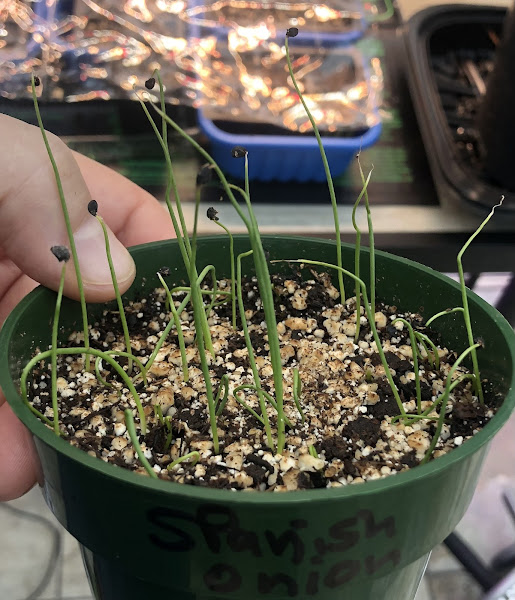Cadet caps are far superior to baseball caps, due to the lack of a hard rivet or button on the top, more comfortable, and better general fit for me. They are also easier to make, for an amateur tailor such as me. I like these because: I make them with a liner, so the inside is soft and comfortable. With a liner, there are no exposed edges to fray. The fabric is upcycled, with an outer shell that's more durable and lining that's softer and more comfortable. The upcycled fabric has been softened with repeated washings. The brim is a heavy interfacing but not the hard edge, rigid plastic that's usually used, so the cap will last much longer. The fabric is all machine wash and dry, same as any other clothing. I'm accident prone and somehow hit my head a lot, resulting in scalp divots and gross scabs. I make the liner with a quilted top, which is comfortable and protective (outer layer plus two fabric layers sandwiched around a layer of cotton quilt batting).
The fit has been a challenge. I made new templates for the sides, giving them a half inch more height and a quarter inch to each end of the side panels, and this result was (nearly) perfect. It shrinks slightly out of the washer and then is snug.
The best shell fabrics are lighter than denim but heavier than quilting cotton. For upcycle, men's pants made from 100% cotton, such as chinos or Dockers, are perfect. Heavy denim is too stiff and heavy to sew on my machine. For the liner, a soft shirt fabric or flannel is good.
I found an old canvas Trader Joe's grocery tote that had shrunk too much when washed, to hold much groceries. That is the outer shell. The liner is a soft cotton shirt. I used the old (late '50s / early 60's) Morse (Toyota?) sewing machine to see if I can sew with it. It works nicely but takes some practice. Unlike the newest sewing machine, it doesn't skip stitches when encountering a thick seam or hem. However, the stitches look a little less tight.
Inside





















































